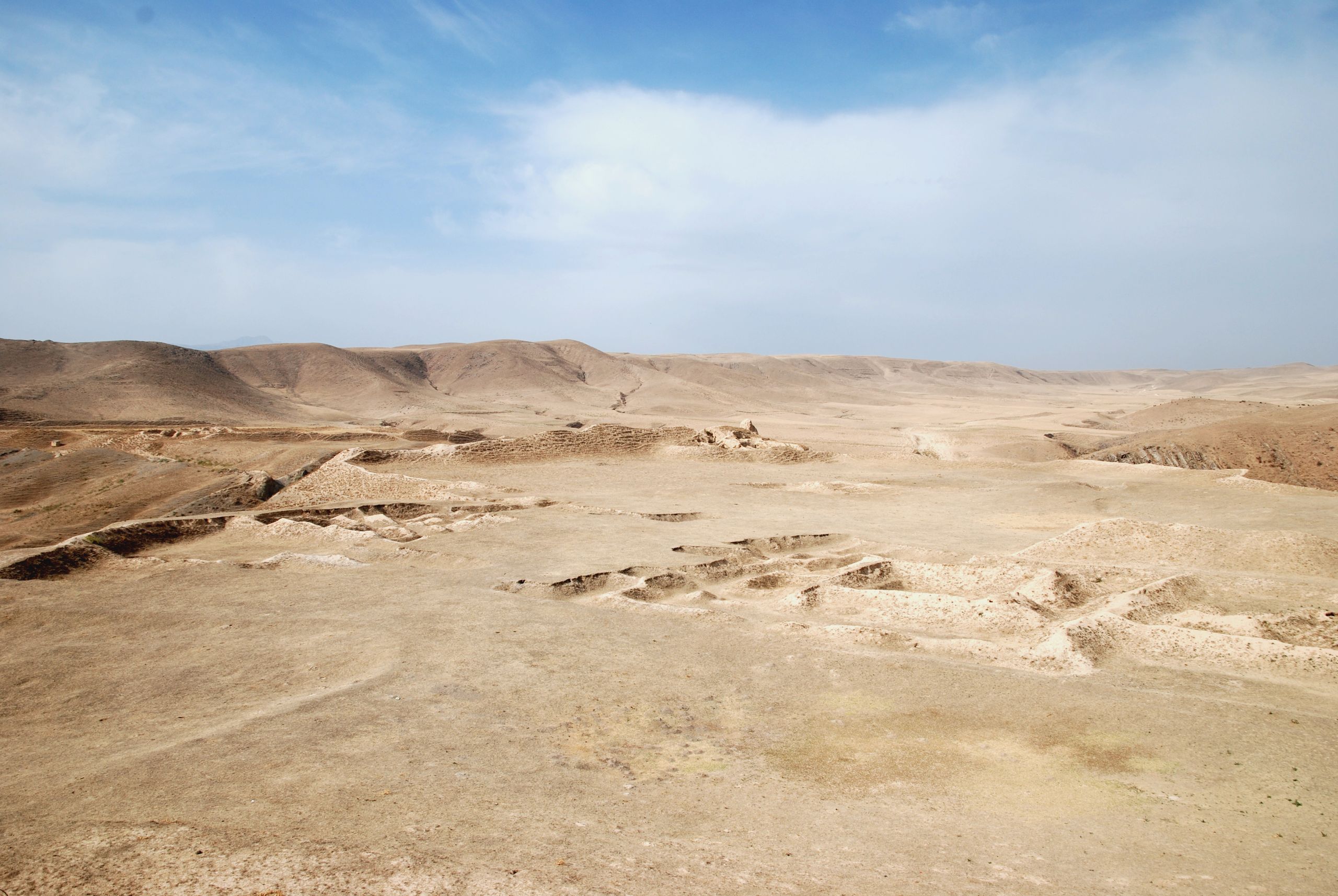The Bunjikat archaeological site, nestled in the heart of modern-day Tajikistan, is a window into the ancient world. It offers a glimpse into the lives of the people who thrived in the Sogdian civilization. The ruins, which include a citadel, palace, and residential quarters, are a testament to the region’s historical significance. The site’s discovery and subsequent excavations have provided valuable insights into the cultural and architectural practices of a bygone era.
Get your dose of History via Email
Historical Background of Bunjikat archeological site
Archaeologists stumbled upon the Bunjikat site in the late 19th century. The Russian orientalist Nikolai Veselovsky led the initial exploration. The Sogdians, an Iranian people, built this ancient city. It flourished during the 5th to 8th centuries AD. Later, Arab conquerors inhabited the site, leaving their own cultural imprint.
The Sogdians were known for their trade along the Silk Road. Bunjikat was a hub for such activities. The city’s strategic location bolstered its economic and cultural significance. Over time, it became a melting pot of different civilizations.
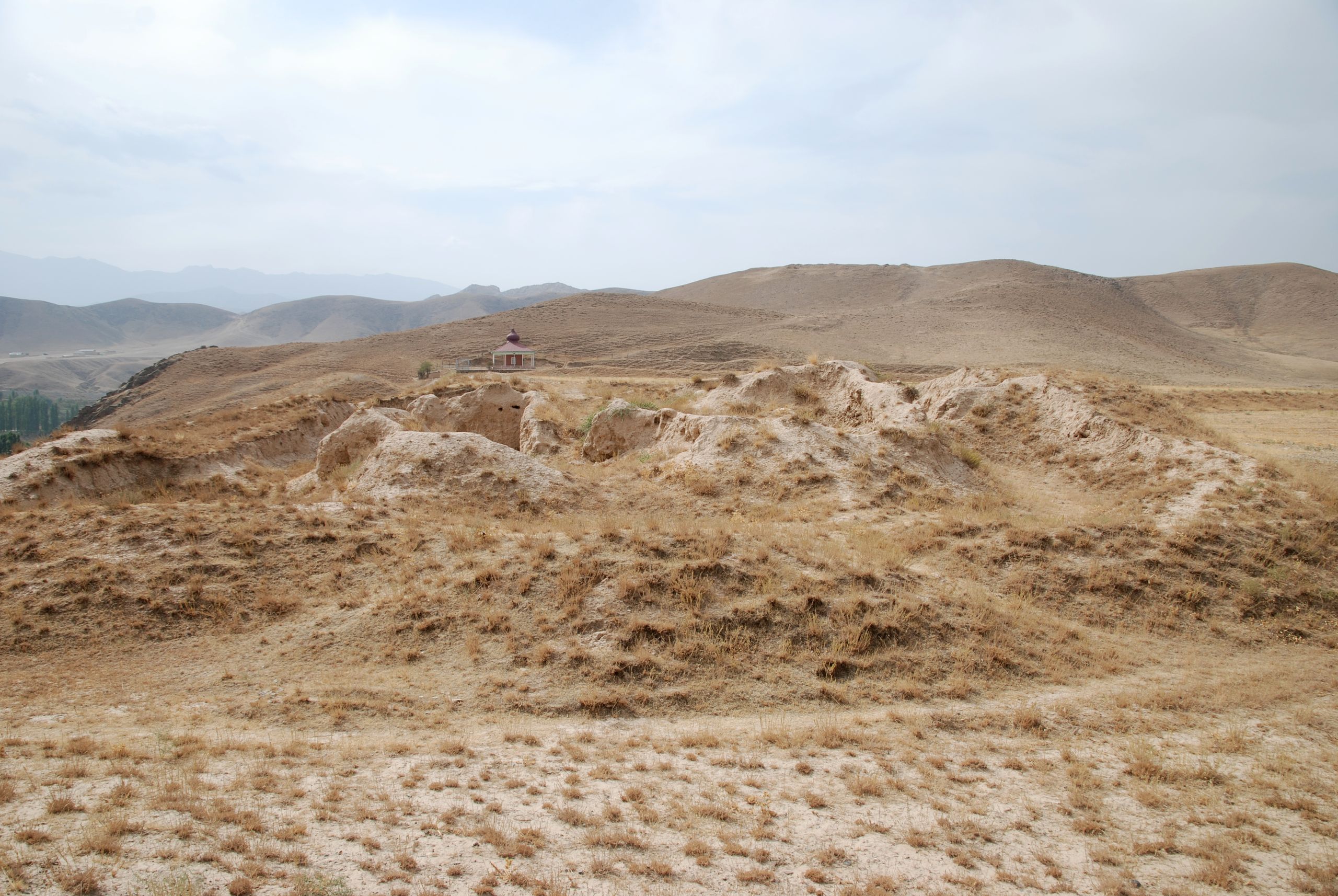
Excavations have revealed that the site was not just a commercial center. It also had a strong defensive structure. The citadel’s robust walls bear witness to this. The city was the scene of several historical events, including conflicts and cultural exchanges.
Despite its past glory, Bunjikat faced destruction. Historical records suggest that the Arab invasion led to its downfall. The conquerors built over the ruins, integrating their own architectural styles.
Today, Bunjikat stands as a symbol of the Sogdian civilization’s resilience. It also reflects the layers of history that have shaped the region. The site continues to be a focal point for research and understanding of Central Asia’s past.
About Bunjikat archeological site
Bunjikat’s ruins are a marvel of ancient architecture. The site encompasses a citadel, palace, and residential areas. The buildings were constructed using mud bricks, a common material in the region. The architectural highlights include ornate decorations and robust fortifications.
The citadel, perched on a hill, dominates the landscape. Its walls, though now in ruins, showcase the Sogdians’ engineering prowess. The palace within the citadel was likely the seat of power. It featured intricate designs and spacious halls.
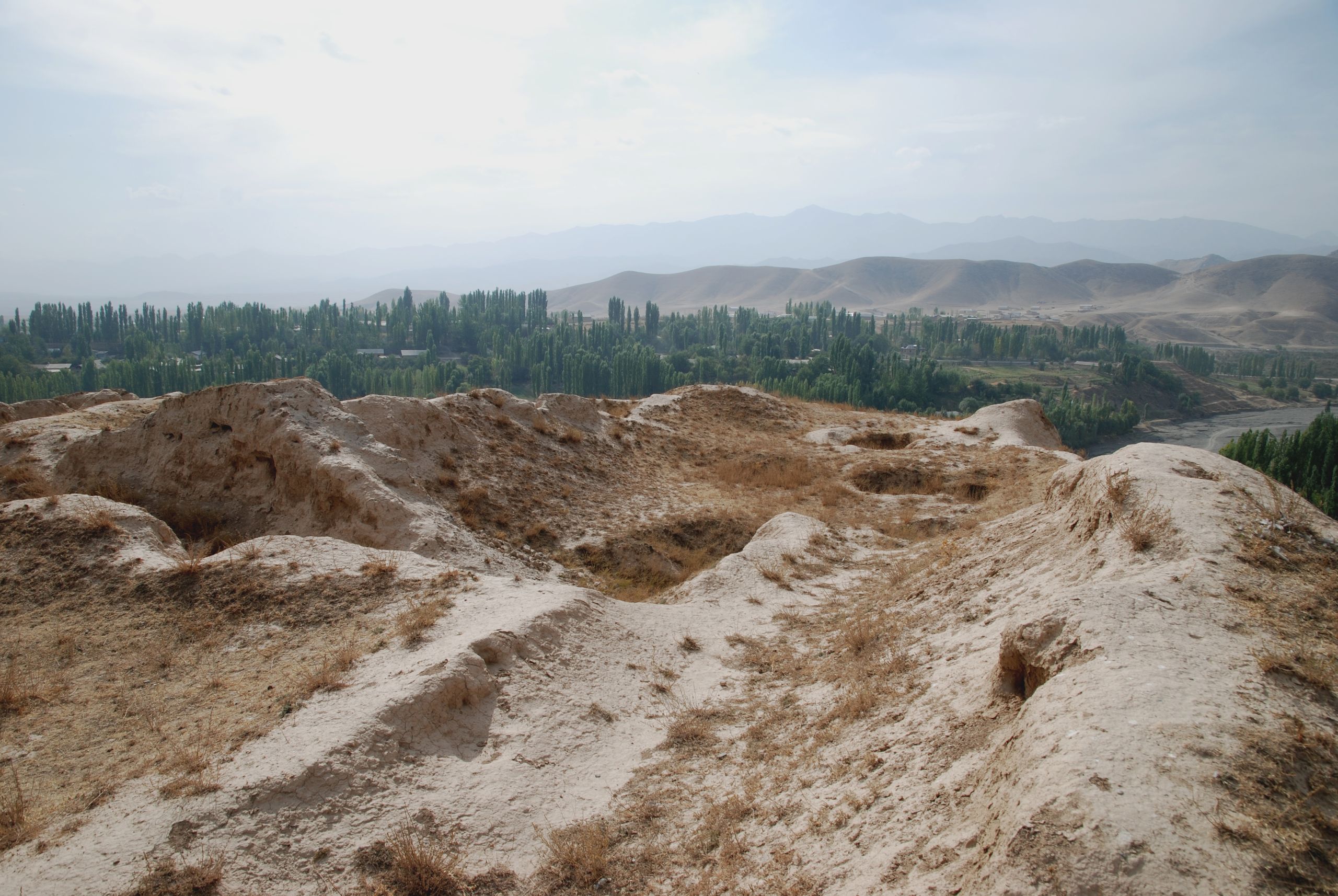
Residential quarters at Bunjikat reveal much about daily life. The houses were built closely together, indicating a sense of community. Archaeologists have unearthed pottery, tools, and other artifacts from these areas.
The site’s layout reflects a well-planned urban center. Streets were laid out in a grid pattern, suggesting advanced urban planning. Public spaces and religious buildings were strategically placed within the city.
Despite the ravages of time, Bunjikat’s remains offer a detailed look at Sogdian architecture. The site’s preservation allows for ongoing study and appreciation of its historical significance.
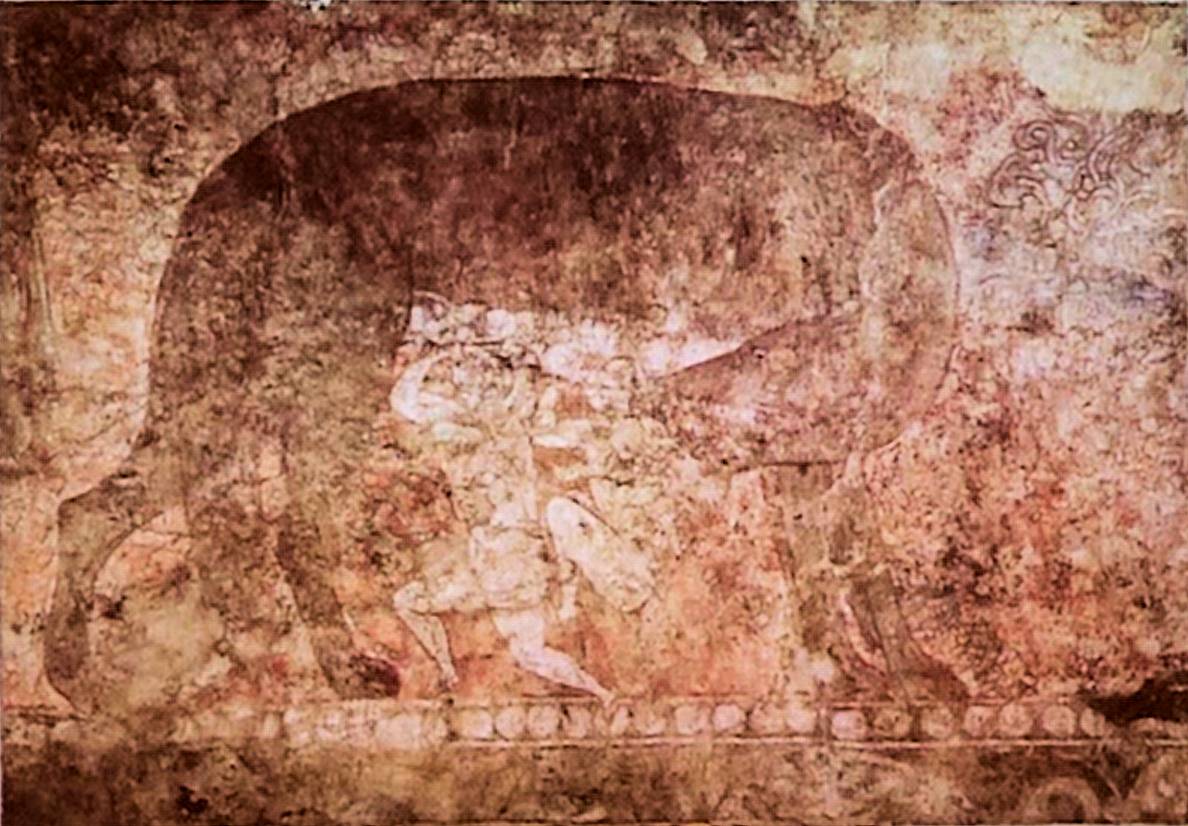
Theories and Interpretations
Several theories surround the Bunjikat archaeological site. Its purpose has been a topic of debate among historians. Some suggest it was primarily a military stronghold. Others argue it was a bustling trade center.
The mysteries of Bunjikat include the exact nature of its downfall. While the Arab invasion is a likely cause, some speculate that natural disasters played a role. The site’s abandonment remains a puzzle.
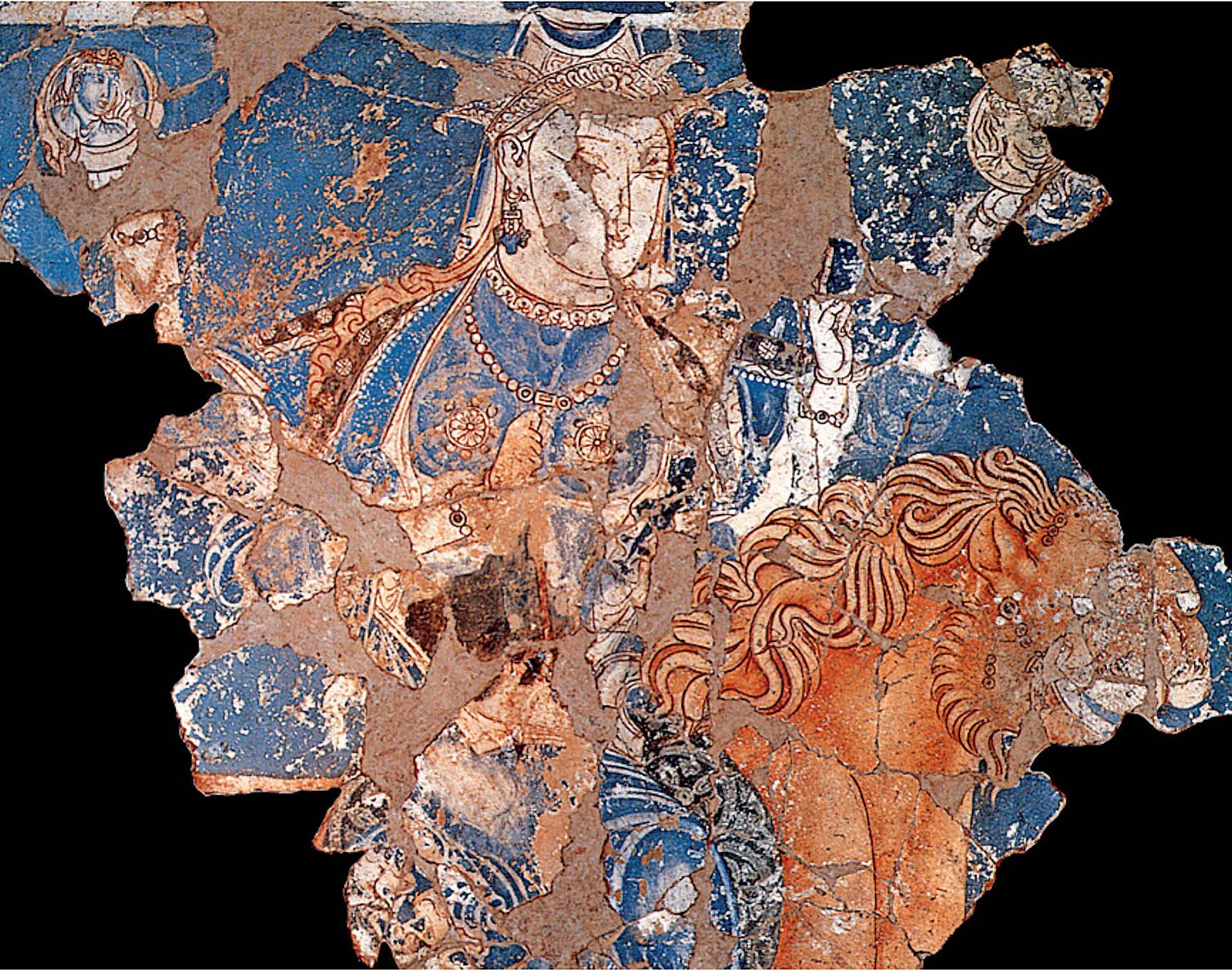
Interpretations of the ruins have been guided by historical records. These include texts from the Sogdian and Arab periods. Matching the site’s features to these records has been a complex task.
Dating of the site has employed various methods. These include stratigraphy and radiocarbon dating. The results have helped establish a timeline for the city’s occupation and decline.
Theories about Bunjikat continue to evolve. As excavations proceed, new findings may shed light on unanswered questions. The site remains a subject of fascination for those interested in Central Asian history.
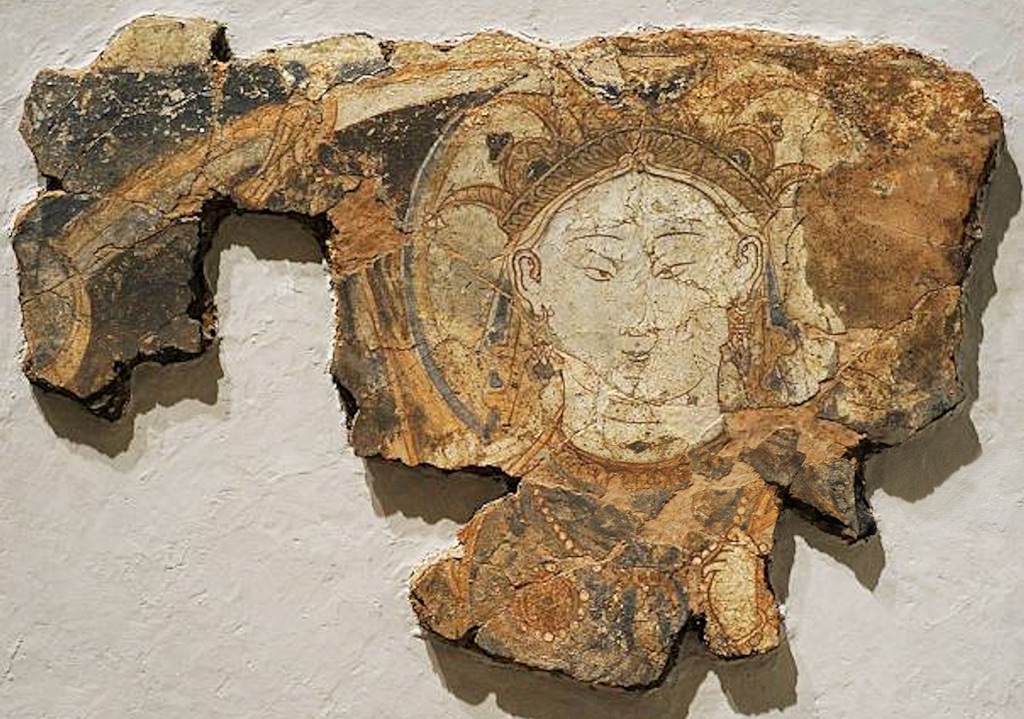
At a glance
Country: Tajikistan
Civilization: Sogdian
Age: 5th to 8th centuries AD
Conclusion and Sources
Reputable sources used in creating this article:
- Wikipedia: https://en.wikipedia.org/wiki/Bunjikat

